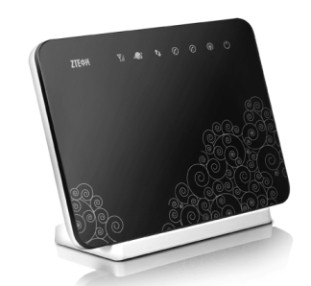There are surf sticks, router or data cards for computers, but Smartphone owners will not only surf but also calling and texting. There are different technical ways to offer besides faster data transfer and telephony. Which path to choose LTE network operator, is meanwhile not clear, there are some uncertainties. It’s also unclear whether the new LTE Smartphone currently really offer what you would expect from such a device into a super fast network. The usual headache of first users is that they usually report functions that the networks are running slowly or with batteries that are empty after a few hours of use.
One thing is clear that the upgrading of the networks on additional functions such as the one hand calls for the network operator is not free; it will cost a lot of money. On the other hand, the users want surf and even better with new expensive LTE Smartphone, the expensive rates at least as good as the old UMTS model.
The Rustic Method: Back to GSM and UMTS
The simplest theoretical method to offer telephone is reliance on older networks. When the LTE Smartphone to surf the LTE network, a call comes, it comes out of the LTE network and into the GSM or UMTS network calls. In other words, you can surf the LTE network or the GSM/UMTS network calls. It would be theoretically possible. However, the simultaneous operation of two transceivers will bring some problems to a mobile device, such as lousy battery life. The second disadvantage of having recourse to old networks apart from the interruption of the data link: it takes significantly longer for a voice connection is established.
For the rustic solution, that recourse to an old wireless network and call interruptions limited data usage via LTE, has been the American mobile operator Metro PCS decided. Metro PCS offered worldwide in the first LTE Smartphone in its new LTE network, and how many customers you could win it, concealing the company. But apparently saw Metro action, it now wants to upgrade the telephony technology to VoLTE shortly.
The Majority Solution: Voice over LTE, VoLTE
Voice over LTE ( VoLTE ) describes a new technology for the transfer of mobile phone calls in LTE network. The change from GSM and UMTS phone technology to VoLTE is – in simple terms, the shift from analog or ISDN lines to IP telephony comparable.
With the old telephony technology, a separate line for conversation is provided, the data on a different transmission run secreted. With the new networks, everything runs on Internet technologies and the talks are treated as data packets that are transmitted along with other data packets. Therefore one must of course int eh LTE core network set up an additional new location, this is called the IP Multimedia Subsystem. With the system, calls are treated like simple Internet files.
This solution is called VoLTE, it is currently being sought by many network operators worldwide, the U.S. now wants to implement next to Metro PCS LTE is also the largest provider Verizon Wireless. It is the technical solution that will end all use LTE operators, unless they agree. But it is costly – the mobile network operators have to adapt their IT infrastructure to the new system.
The Outsider: Volga
Therefore we have devised a further intermediate step that once does not cost as much and also gives good results in terms of the speed of a connection setup or the voice quality. The technology is called Volga, which is the abbreviation for anything cumbersome expression Voice over LTE via Generic Access.
Using this technology, an additional point will be created through which the calls go, but this time not inside, it’s outside the LTE network. This new board is the VANC, which stands for Volga Access Network Controller. About him, so to speak, the phone calls are funneled into the LTE core network, without having to change anything in the core network itself or adapt. That is, they say, Volga, is faster and more cost-effective than the introduction of VoLTE.





